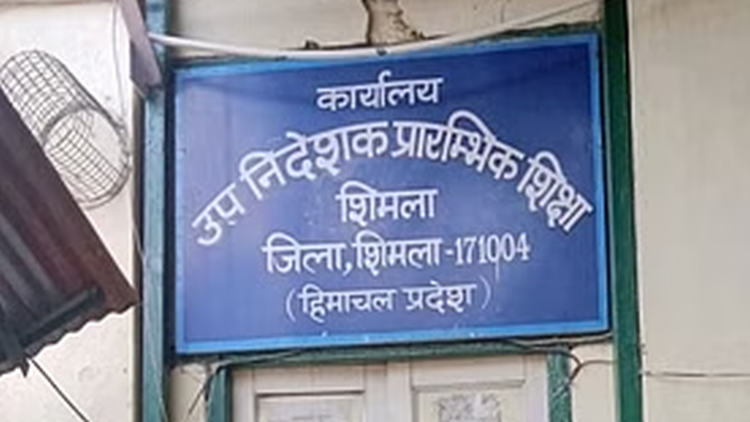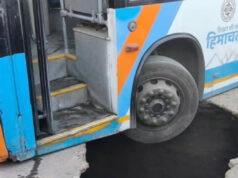Shimla – In a dramatic turn of events on Monday morning, the Central Public Works Department (CPWD) sealed the office of the Deputy Director of Elementary Education in Shimla, Himachal Pradesh. This action has brought the education department’s operations to a sudden halt and created significant upheaval among the staff.
The sealing of the office follows a court decision, which upheld the eviction order issued by the CPWD’s Estate Officer. The Education Department had previously appealed against this order, but their appeal was rejected.
On Monday, the Estate Officer, accompanied by police officers, arrived at the office and proceeded to lock it, leaving around 40 employees stranded outside. All essential documents and office equipment remain inside the sealed premises.
The Deputy Director’s office has been situated in Claremont, a historic building from the British era, since 2007. This building previously housed the Labor Bureau’s office. However, since 2016, Claremont has been at the center of a dispute between the Education Department and the CPWD.
On August 16, 2023, the CPWD Estate Officer issued a notice to the Education Department, demanding that the building be vacated. In response, the Education Department filed a petition in the Shimla District Court, which was ultimately rejected. Following this decision, the Estate Officer enforced the eviction order on Monday, giving the Education Department five days to vacate the premises completely.
The closure of the Deputy Director’s office is expected to significantly disrupt administrative functions across various educational institutions, including government schools up to class VIII throughout the district. The management of key programs, such as the Mid-Day Meal (MDM) scheme, could also be adversely affected.
This development underscores the challenges and complexities involved in property disputes between government departments, particularly when historic buildings are concerned. It highlights the urgent need for clear policies and effective dispute-resolution mechanisms to prevent such disruptions in essential public services in the future.














